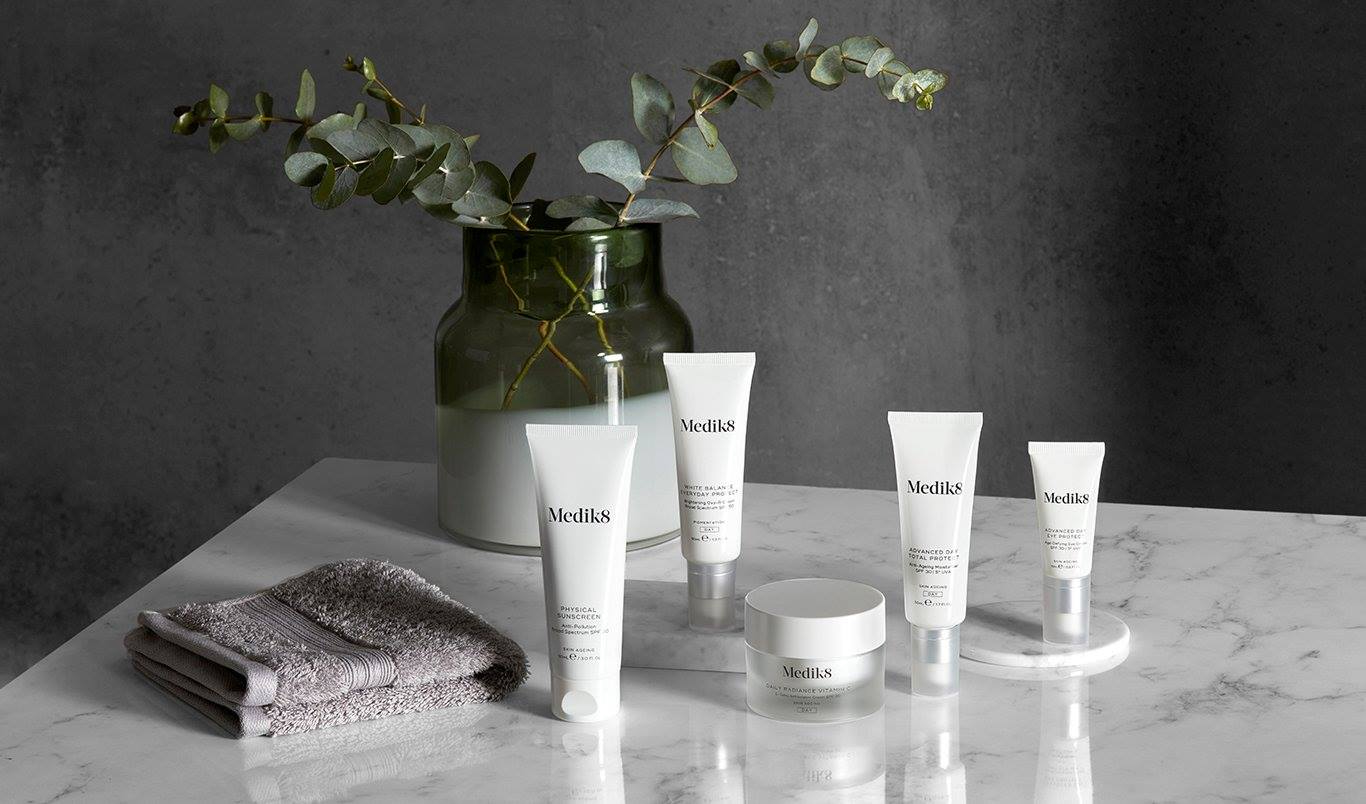
What Does It Take For A Beauty Brand To Get Acquired?
In a recent post for his Substack Making Cents, Drew Fallon, CEO and co-founder of AI-powered financial platform Iris, broke down four attributes he argues a consumer packaged goods brand has to have today to get acquired, including the strategic appeal of the category the brand sits in, durability, scale and growth, and distribution.
His basic premise is that a brand has to strike a tricky balance of being in a hot category, but demonstrating through its financials that it’s not so hot that it will burn out. He posits it should have at least $2 million in adjusted EBITDA, $50 million in sales and 20% growth. He writes, “If you get above 50%, then you’re going to start to feel disconnected with the market.”
For this edition of our ongoing series posing questions relevant to indie beauty, we decided to repeat his exercise with a focus on beauty and wellness brands. We asked eight investors an investment bankers the following: What are four attributes you think beauty and wellness brands must have today to set themselves up for a possible acquisition? How has this changed from a year ago? Are there ways you could see these attributes changing going forward?
- Jon Tenan Global Consumer Investment Banking Group Managing Director, Baird
This question has become increasingly nuanced in the past few years. Historically, we would say minimum thresholds were between $50 and $75 million in sales, 20%-plus growth, 20% EBITDA and balanced distribution (ideally something like 40% retail and the remainder split between owned dot-com, Amazon and maybe some specialty or club).
However, today, it is important to note that all these attributes can vary depending on the potential acquirer. Classic beauty strategic investors such as L'Oréal, Estée Lauder and Shiseido are generally going to follow roughly these minimum thresholds. However, Harry’s and Oddity are focused on digitally-led brands.
Church & Dwight, as evidenced via Therabreath, Hero and now Touchland, is looking for clear category leadership and does not worry so much about SKU or product diversity. These are not exhaustive examples against the norm, but I raise them to highlight that, while there are certainly prevailing perspectives, it is important to keep a pulse on the nuanced views of each potential investor.
There has also been some reticence to pursue brands that have surpassed certain scale. This hesitance likely has less to do with the absolute revenue, EBITDA or check size, but is instead driven by pessimism that there remain ample growth going forward. Has the brand exhausted the “fruit on the vine” or left enough for the next investor to continue growth at a compelling rate?
While these nuances have certainly shifted some of the exit planning, the fundamental underpinnings remain the same—demonstrate a differentiated offering, a strong customer connection, proof of concept across digital and on shelf and provide a clear path to ample growth. If a brand can check these qualitative boxes while checking the historical benchmarks noted above, it is likely well-positioned for a strategic exit.
- Sarah Woelfel Co-Founder and Partner, Cult Capital
Today’s acquirers are more selective than ever, and beauty and wellness brands need to demonstrate four core attributes to be positioned for a successful acquisition:
1. A truly unique and differentiated product.
At Cult Capital, we call this a “cult brand.” A cult brand changes the world by offering a product that otherwise wouldn’t exist and whose absence would make the world meaningfully worse. It’s something consumers can’t live without. These brands aren’t just selling products, they’re selling a lifestyle, a mission and an identity. They forge deep emotional connections with their community and inspire loyal, repeat customers who actively evangelize the brand.
2. A brand that expands the market while taking share.
Acquirers want brands that are not only disrupting incumbents, but also unlocking new usage occasions or bringing new consumers into the category. A great example from our portfolio is Supergoop, which grew by both replacing outdated SPF routines with products like Play and by creating new habits entirely like wearing SPF under makeup through innovative products like Unseen Sunscreen. It’s not enough to win in an existing category, you need to evolve or expand it.
3. A scalable and financially attractive growth profile.
Today’s environment is far more disciplined than it was a year ago, with a sharp focus on both growth and profitability. Brands on the radar for acquisition today are typically growing 25% to 50% year-over-year, with category-standard gross margins:
Skincare: 70% to 80%
Cosmetics: 60% to 75%
Haircare: 55% to 70%
In addition, acquirers are looking for EBITDA margins of 20% or more or a clear, near-term path to profitability. Cash burn without a realistic glide path to operating leverage is much less acceptable than it was even 12 to 18 months ago.
4. A high-quality, committed founding team.
Strategics increasingly want to see that the founder and senior leadership team are both deeply capable and fully aligned with scaling the business post-acquisition. Institutional memory, product vision and authentic storytelling still matter greatly, even in a deal context.
In 2021 to 2022, many acquisitions were made on the back of rapid topline growth and cultural heat alone. Today, that’s not enough. Profitability, capital efficiency and long-term brand durability are front and center. In many ways, we’ve returned to fundamentals.
Looking ahead, we expect these criteria to remain tight.
However, as the macroeconomic environment improves and buyers regain confidence, we may see increased appetite for emerging brands that show clear traction, but are earlier in their profitability journey. That said, the bar will likely stay high for differentiation, unit economics and founder quality. Those are timeless requirements.- Daniel Faierman Partner, Habitat Partners
I don't wholeheartedly believe there is a specific sales threshold that warrants reaching the M&A qualification finish line. With that said, I do agree $50 million is a good general target to work towards. Nonetheless, businesses that surpass $25 million have seen successful exits as well (i.e., Coola). Instead of focusing on a specific sales threshold, I think the following four qualities are paramount once you've reached a decent level of scale:
1. Omnichannel proof points—While launching and potentially staying DTC for a few years is acceptable, demonstrating superior velocity performance in a large sample of retail distribution points is crucial from the lens of acquisition potential. Compared to several years back, retail proof is even more important as the CAC environment has fluctuated.
2. Strong capital efficiency metrics—Operating expense synergies (i.e., G&A) are typically recognizable post-M&A. However, fixing gross margins materially without compromising product quality/experience is very challenging for any strategic. Thus, having robust all-in gross margins (beauty: at least 70%, personal care: at least 55%) is key. Beyond gross margins, EBITDA margins of at least 10% are huge plus, but not 100% mandatory in all cases.
3. Plugging a gap in a strategic's portfolio—I've heard the argument “build to be bought” from the start. Easier said than done. However, many quality assets fail to trade because they aren't perceived as an incremental source of profit for a strategic. We've seen this with a few assets that have been in market for over a year currently. A company penetrating a consumer need that is unsolved by a strategic buyer is much more likely to be acquired than a company that will likely serve to cannibalize a strategic.
4. Forms of defensibility/differentiation (i.e., brand, formulation)—Brands that cut through and take a truly unique perspective in how they communicate with consumers will be perceived as having more intangible value. This can be measured via organic virality metrics, social metrics, brand awareness, blended CAC and many more. Of course, a difficult formulation to replicate and/or legitimate IP surrounding formulations is a big plus as well (K18). Nonetheless, many companies exit without defensibility surrounding formulations so this isn't a must in all cases.
Bonus: Longevity (not in aging but time in market!). While hyper-scaling feels good, I think that strategics are more likely to acquire a brand that endures the test of time with proof points that it can maintain a sustainable growth pace over the long term.
Specifically, as an example, I believe a brand that surpasses $100 million in seven years (sustaining a consistent growth in different macro environments and building long-term brand awareness/staying power) is a much stronger candidate to be acquired than someone who gets there in three years despite the fast track being quite impressive.
- Cristina Nuñez Co-Founder and General Partner, True Beauty Ventures
From an investment perspective for True Beauty Ventures, I typically like to frame these attributes as the “five Ps”—positioning, product, people, performance and partnership. I believe these are also applicable and can be distilled further into four key attributes for a successful brand acquisition:
Clear, defensible positioning: An ownable brand identity that addresses a true white space and resonates deeply with a defined audience. A brand that becomes inevitable. It can not only rise quickly to the top, but has the longevity to stay there for a while.
Product excellence and portfolio potential: Hero SKUs with strong repeat rates and thoughtful innovation that drives long-term brand equity. Core products that rank in the top three in their category and demonstrate consistent YoY growth.
Scaled, profitable performance: Typically, at least $50 million in revenue, but ideally $75 million-plus, gross margins in the high 60s to low 70s and ~15% EBITDA. Twenty percent to 30% YoY growth is ideal. Category-specific adjustments apply, e.g., fragrance may have a lower sales threshold for exit.
Operational readiness and founder maturity: Strong distribution channels, clean systems and processes, an excellent foundational executive team and a founder who is willing and ready to scale and is beneficial/valuable to the brand but not mission critical to the business.
Maybe not exactly a year ago, but, in the last several years, rapid growth alone could spark acquirer interest. Today, that’s no longer enough. In fact, buyers are questioning too meteoric of an ascent, wondering how much of that growth is reliant on trend, social media virality and/or category tailwinds.
Buyers are increasingly prioritizing brand strength, customer loyalty, market leadership, profitability, operational discipline and strategic fit over hype. The bar for assets that trade in this environment has certainly risen.
Looking ahead, as the market stabilizes, scale expectations may ease slightly, but fundamentals like profitable growth, margin strength, customer retention, capital efficiency and brand positioning will remain essential. Brands built for longevity, not just velocity, will continue to stand out to strategics.
- TINA BOU-SABA Investor
I agree with Drew that durability is a requirement for a beauty brand to have a $100 million-plus exit to a strategic or financial buyer. Those buyers are modeling healthy growth and a rich terminal value. They therefore want to buy brands that will stand the test of time and maintain that growth even as trends change.
This can be difficult to assess. But, oftentimes, the age of a brand can be a proxy for its longevity. In other words, a brand that is only two years old, but is achieving $75 million-plus in sales may be viewed more skeptically than one that has steadily grown to that level over five to seven years.
In addition, I agree that ~$50 million of sales is a reasonable threshold for a high-value strategic or private equity exit. Below that, beauty brands are generally not interesting enough to these acquirers, with rare exceptions.
Relatedly, healthy EBITDA is crucial. My sense is that acquirers want to see 20%-plus for a scaled beauty brand. That would suggest $10 million for our hypothetical $50 million beauty brand. It’s not lost on me that this is quite a bit higher than Drew’s $2 million EBITDA threshold. We should see margin expansion as a healthy brand grows, so that may be a factor here.
Also, category (for example, food and beverage versus beauty) makes a big difference in EBITDA margin, especially at the sub-$100 million sales level as does price tier (for example, mass versus prestige).
Also, EBITDA expectations of the buyer reflect their own business model, cost of capital and portfolio strategy. For example, are they buying the brand to run it on an existing platform or is it a standalone acquisition? But the bottom line is that the brand must have positive EBITDA. No one is going to pay a lot of money for a money-losing brand.
Lastly, I think that most beauty brands acquirers will want to see at least three distribution channels. For example, one of the large specialty retailers, DTC and probably Amazon. There are certainly exceptions to this.
And, of course, the objective is to expand distribution in order to drive scale and profits, not just for the sake of distribution. But acquirers generally don't want to buy a brand that is completely dependent on one channel. There usually has to be some degree of diversification here.
I want to point out that I am talking about “high value” brand M&A here. Let’s say that’s $100 million-plus deals, for argument’s sake. This is a completely different market from that of distressed brand and/or smaller indie brand M&A. There are buyers out there who evaluate brands that don’t have these four attributes. I’ve seen a number of such deals take place over the past year, but generally they are paying very low prices.
- ANDREW ROSS Senior Advisor and Venture Partner, XRC Ventures
It feels like everything and nothing has changed in the market. Nothing has changed in that buyers are still looking for great brand equity and emotional connection with consumers, high repeat and strong economics, momentum and runway, and complementarity to their existing portfolio. What that means will be unique to each brand depending on the positioning, subcategory, channel, etc.
Trying to reverse engineer to some kind of "ideal" specific numbers seems like a fools' errand for multiple reasons, especially based on backward-looking data. Benchmarks are benchmarks, not destiny, and beautiful brands are not built by a formula. The one new thing that I do think is very much on buyers' minds is sustainability/longevity of demand, which is what Mr. Fallon is also calling out.
This has manifested in the beauty space where brands with incredible growth and economics were coming up against buyer nervousness about exposure to those numbers being driven by relatively narrow subcategory trends such as lip care.
- Odile Roujol Founder, Fab Co-Creation Studio Ventures
I believe that, more than ever, sustainable growth and a path toward a successful exit means having a deep knowledge of customers and an engaged audience and community, enabling corporations or PEs to scale the company on other footprints.
Metrics you need:
- An authentic and distinctive brand personality.
- A repeat purchase of 30% or above, showing loyal customers are happy with the performance of the products.
- A healthy channel mix, not dependent upon a dominant retailer. In this context, Amazon typically represents 30% of revenues. You’ll also need “out-of-the-box” partnerships to touch customers where they are.
- A good AOV for DTC in a time where supply chain and product margins are stretched.
- And, at the end, of course, EBITDA at 15% or above is better.
- I would agree that corporations focus on $50 million in net sales (not retail) and beyond. I would not be obsessed by 20% growth as it’s easy to play the game with the products pipeline (sell in) or opening a new market, but what matters for the people doing their due diligence for an exit is the three-year plan, the past traction, not just the short term in a turbulent context.
Compared to recent exits in food and beverage, there are many opportunities for beauty and well-being brands to fill a gap, establish a clear territory and become global.
- ANDREW SHORE Beauty Brand Advisor And Former Managing Director, Moelis
I think Drew is basically correct. A brand has to be in an advantaged category, namely one with above average growth, not a fad, and capable of using technology as a mote. Proven technology that solves real problems or fulfills desires becomes a barrier to entry. Technology also provides for price flexibility. As we know, it hard to raise prices on a commodity brand with numerous substitutes
Being in the right distribution is essential for aiding a brand’s growth. It is, of course, easier to grow if you follow consumer traffic. A brand also needs a wide enough price architecture to increase trade up and basket size.
And, finally, a brand needs to be able to scale. It has to have a strong brand identity and positioning with a clear mission, value is in a story that resonates with its target audience and is differentiated enough in a crowded field. Scale can also mean strong unit economics that leads to access to capital.
If you have a question you'd like Beauty Independent to ask investors and investment bankers, please send it to editor@beautyindependent.com.


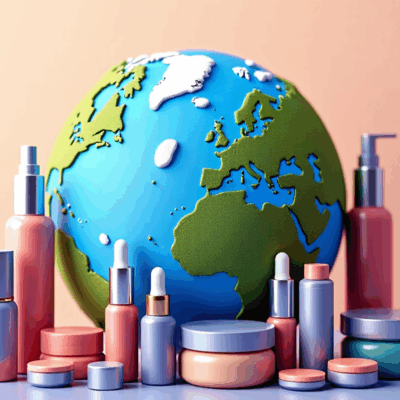
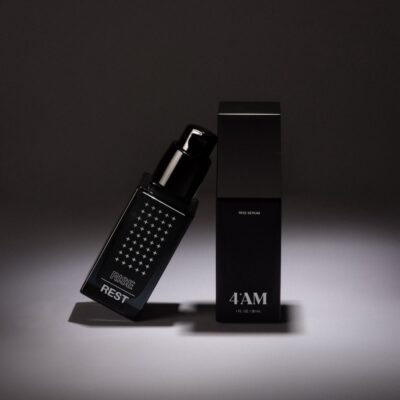
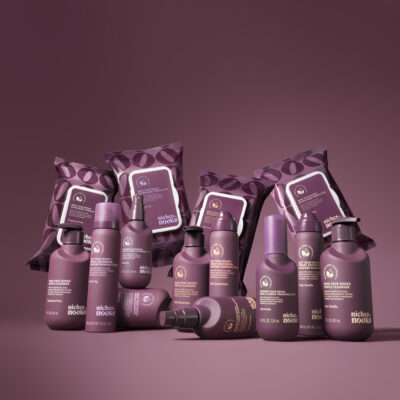
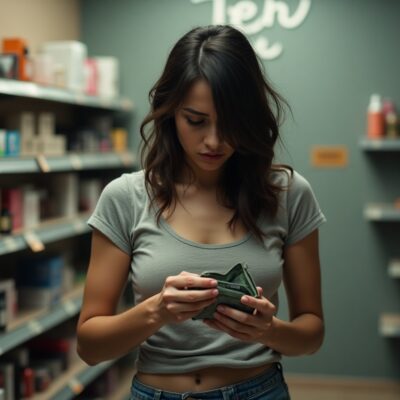
Leave a Reply
You must be logged in to post a comment.